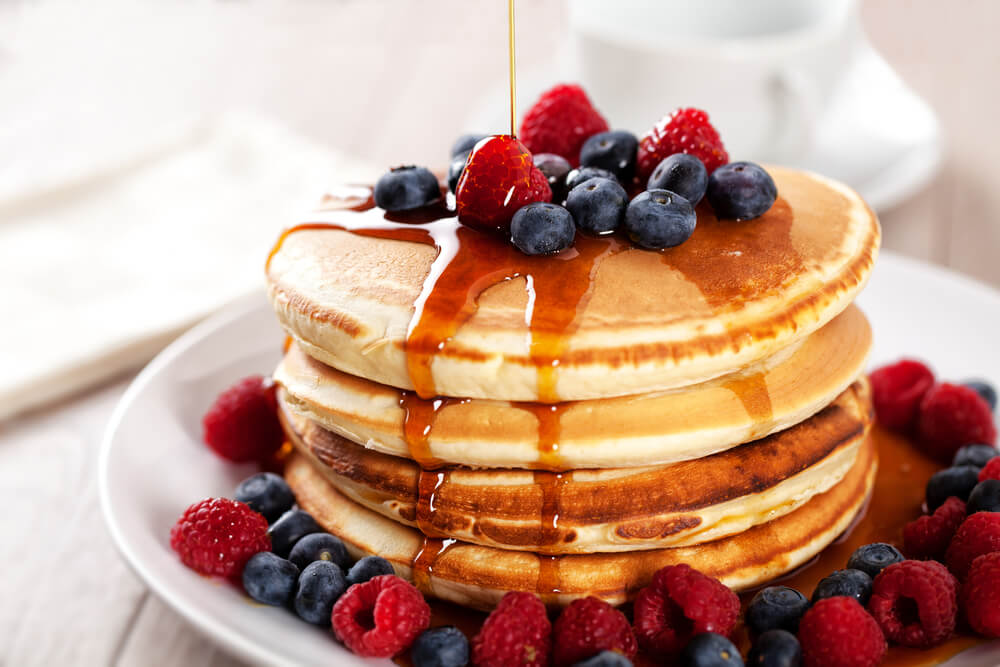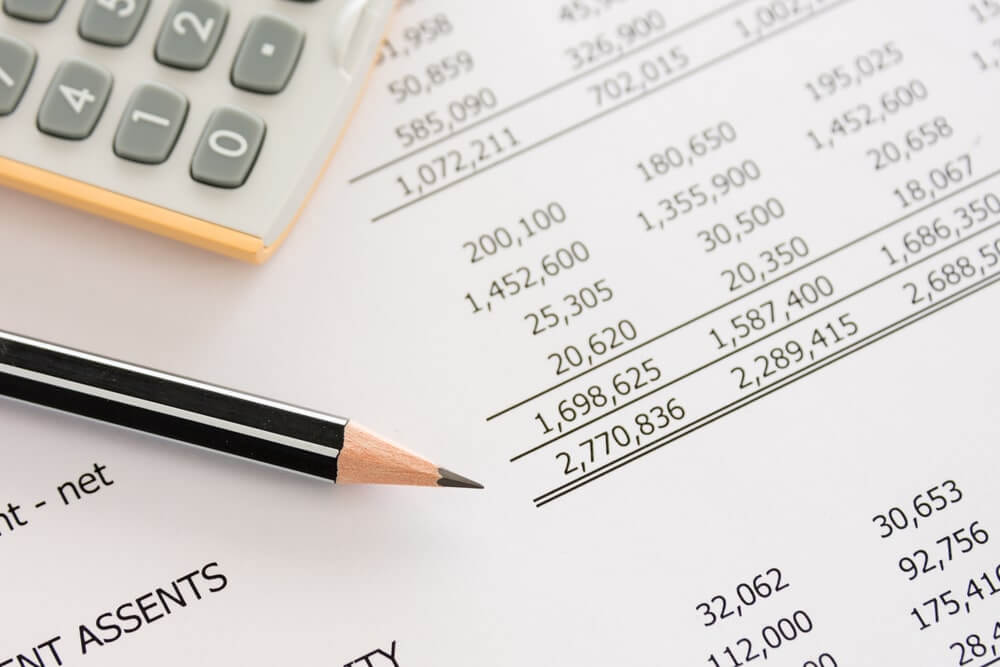Introduction
PancakeSwap is a food-themed new DeFi protocol. It is a cryptocurrency platform for direct exchange under the Binance Smart Chain (BSC). It has introduced many food-based farming associates in the crypto industry. Pancake allows community governance and investors to earn tokens by serving as a liquidity provider under the staking mechanism.
The whole protocol is executed on the Ethereum blockchain because it supports blockchain smart contracts, and it has huge community support who are continuously putting efforts to build decentralized applications. Pancake DeFi exchange allows swapping of BEP20 tokens. If you are familiar with SushiSwap, then you can easily grasp the PancakeSwap concept because both of them have the same incredible design.
The PancakeSwap Exchange
The exchange platform works on an Automated Market Maker Model(AMM). In this model, the investor can trade with his digital assets and can invest in the liquidity pool. In these pools, users deposit funds and, in return, get Liquidity Provider tokens. With these earned tokens, they can reclaim their share from the trading commission. In PancakeSwap, the LP tokens are known as FLIP tokens.
Staking Chain
In PancakeSwap, you are allowed to trade with a secondary token known as CAKE. On the farm, if you stake your LP tokens and lock them for the further process, then you will get CAKE in reward. You can deposit these different LP tokens listed below:
- CAKE-BNB FLIP
- BUSD-BNB FLIP
- ADA-BNB FLIP
- BAND_BNB FLIP
- DOT-BNB FLIP
- EOS-BNB FLIP
- LINK-BNB FLIP
- BAKE-BNB Bakery LP
- BURGER-BNB FLIP
There is one more token in this protocol known as SYRUP. If you have deposited funds to get LP tokens and have used these tokens to receive CAKE. Further, you can stake this CAKE token to earn a SYRUP token, which would provide you with governance functionality.
Adding Liquidity
To access all the features of PancakeSwap, you need to unlock your crypto wallet. With this wallet, you can interact Binance smart chain based on Ethereum web applications.
The BEP20 tokens movement will require your approval. You simply have to fix the amount you want to keep on stake, and you need to confirm the transaction. Then you can check the CAKE you have earned, and you can withdraw the amount anytime you want with the harvest option. To earn SYRUP, you have to keep your CAKE on the stake with the ‘Approve Cake’ option. Once you have staked your CAKE, you will get back an equal amount of SYRUP and can earn CAKE passively.
Conclusion
The Google of crypto – Binance jumped in Defi by introducing a new food protocol – PancakeSwap. PancakeSwap is launched by BSC, which is supported by a centralized exchange. It includes AMM, DEX, farms, and native token-CAKE. There are nine liquidity pools where you can deposit your funds. 25% of CAKE commission share is distributed to the SYRUP token holders. The anonymous developer team behind the PancakeSwap has warned that the smart contract is still unaudited and has high inherent risk. The fund invested in smart contracts always has a risk of bugs so, never deposit the amount if you can’t afford its loss.


